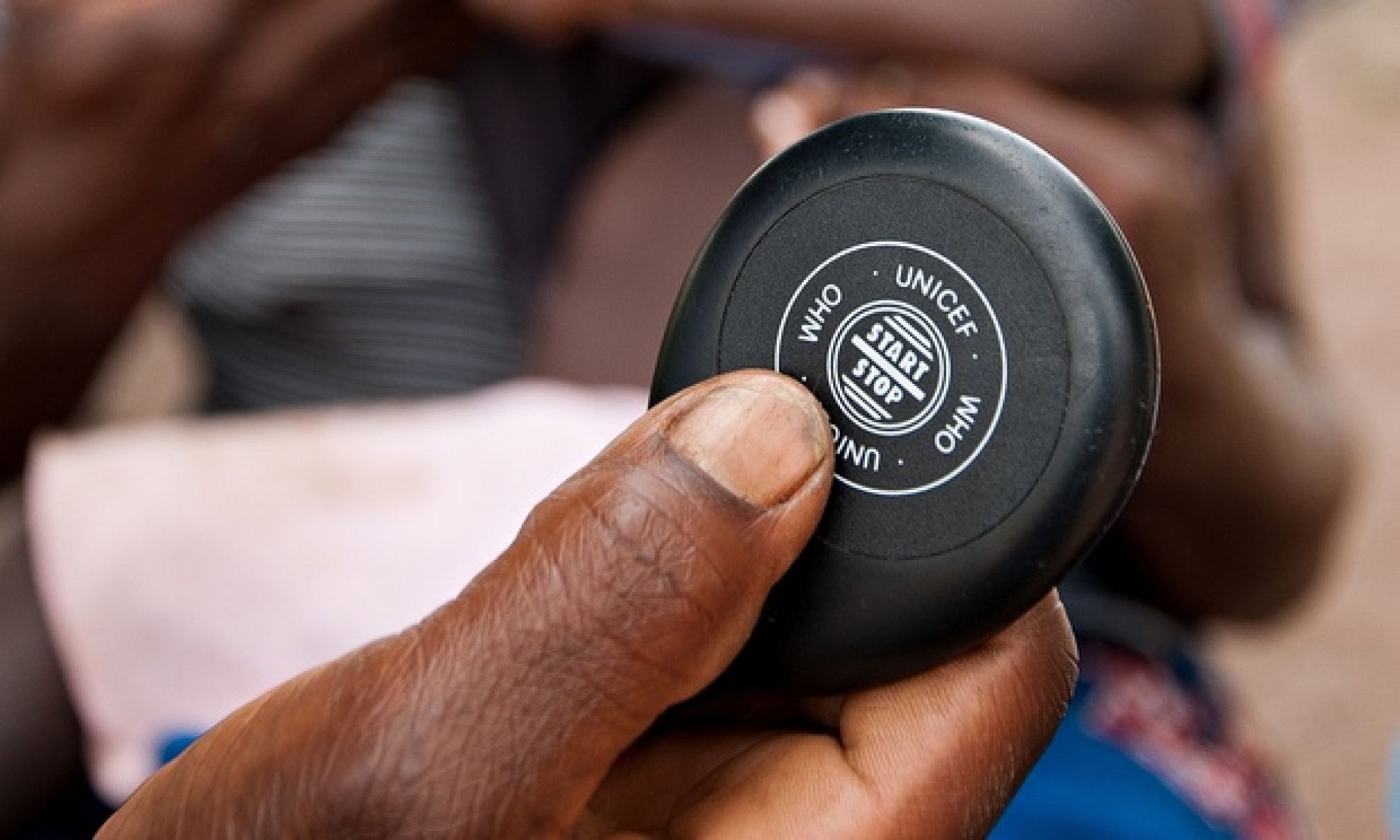
Minimising the development of antibiotic resistance
1 January 2014Increasing access to treatment goes hand-in-hand with efforts to prevent antibiotic resistance
In its recent report, the World Health Organization (WHO) called the spread of antibiotic-resistant bacteria a "growing public health threat", citing new statistics that indicate alarming numbers of cases in every region of the world. Despite an initially slow response to the issue, governments and organisations are beginning to commit to efforts to halt the development of antibiotic resistance – the impact of which some experts liken to climate change in its potential severity. British prime minister David Cameron recently commented that the world could soon be "cast back into the dark ages of medicine" unless more is done to fight this growing threat.
The prospect of lower drug efficacy is a dire one, especially in developing nations. Many of the illnesses that occur in these regions are treated using antibiotics. As resistance spreads, diseases and conditions that were once sensitive to antibiotic treatments become unresponsive, requiring higher-cost treatments that are impractical or unavailable in some regions. Furthermore, resistance to antibiotics can increase the risk of disease transmission, prolong hospital visits, worsen health and increase costs, and consequentially may pose a greater risk of death. Perhaps the most alarming outcome is that common infections and routine surgical procedures that have been easily treatable for decades could once again become life-threatening.
One of the main strategies to fight the spread of resistance is promoting the rational use of antibiotics by both healthcare providers and patients. When antibiotics are not prescribed appropriately, or treatment regimens are not followed properly, bacteria can survive and adapt to become resistant. This not only poses a danger to the individual, but to whole populations, regions and countries as resistant strains move across borders. By helping to ensure antibiotics are rationally used, resistant bacteria are less likely to develop.
Malaria Consortium is working to prevent development of antibiotic resistance by focusing on improving diagnostic and treatment services for suspected pneumonia – the largest killer of children under five in sub Saharan Africa. A recent study carried out in Zambia through COMDIS-HSD, a research partnership funded by the UK government, sought to explore how antibiotics are used at the community level to treat suspected pneumonia. Community-level interventions are an essential element in the strategy to reduce child mortality; however, increasing access to treatment must go hand-in-hand with efforts to prevent the development of antibiotic resistance. In addition to determining whether treatment guidelines were followed by community health workers (CHWs) for prescribing antibiotics and exploring factors that could influence CHWs' practices, the study also examined community perceptions and adherence to treatment regimes.
The findings have shown CHWs have a good understanding of how to diagnose and treat suspected pneumonia in children and provide treatment corresponding to their diagnosis. However, diagnosing suspected pneumonia can be challenging given the existing tools available for use in resource-poor contexts. During the study, approximately three quarters of children were treated appropriately, using the correct dosage of antibiotics. Parents and guardians did not always follow the full five-day treatment regimen, but the study indicates that a shorter course of antibiotics could improve adherence.
While CHWs are highly capable of following guidelines for diagnosis and treatment of suspected pneumonia, rational use of antibiotics could be further strengthened in this context. Improving tools for detecting signs and symptoms of suspected pneumonia and ensuring that they are more user-friendly and appropriate for use in low-resource settings would help CHWs to diagnose more accurately, allowing them to prescribe treatment only to children who have been found to have pneumonia. In addition to saving antibiotic supplies for those who need it, this limits unnecessary exposure of bacteria to antibiotics, reducing the chances of resistance developing. Another of Malaria Consortium's projects is working specifically to improve diagnosis of pneumonia by conducting research to evaluate the effectiveness of a range of tools to improve the detection of pneumonia symptoms. Adherence to treatment regimens could also be improved by placing a greater emphasis on community engagement, helping parents to understand the importance of completing a full course of antibiotics.
You can read more about the diagnostics project here, or take a more in-depth look at some of the results of the antibiotics study in Zambia here. These results were presented at the Health Services Research: Evidence based practice conference held in London at the beginning of July 2014.
Keywords: Drug resistance
Latest news
- Malaria Consortium honoured by Ugandan government for contribution to combat malaria23rd April 2024
- International summit calls for AMR accountability in public health interventions21st March 2024
- Global SMC community celebrates new milestone at SMC Alliance Annual Meeting in Nigeria6th March 2024
- Scaling up key interventions could halve pneumonia-related childhood mortality13th February 2024
- Malaria Consortium and eGov Foundation join Mozambique’s national malaria programme to digitalise seasonal malaria chemoprevention campaigns8th February 2024
- World’s first malaria vaccine rollout launched in Cameroon22nd January 2024